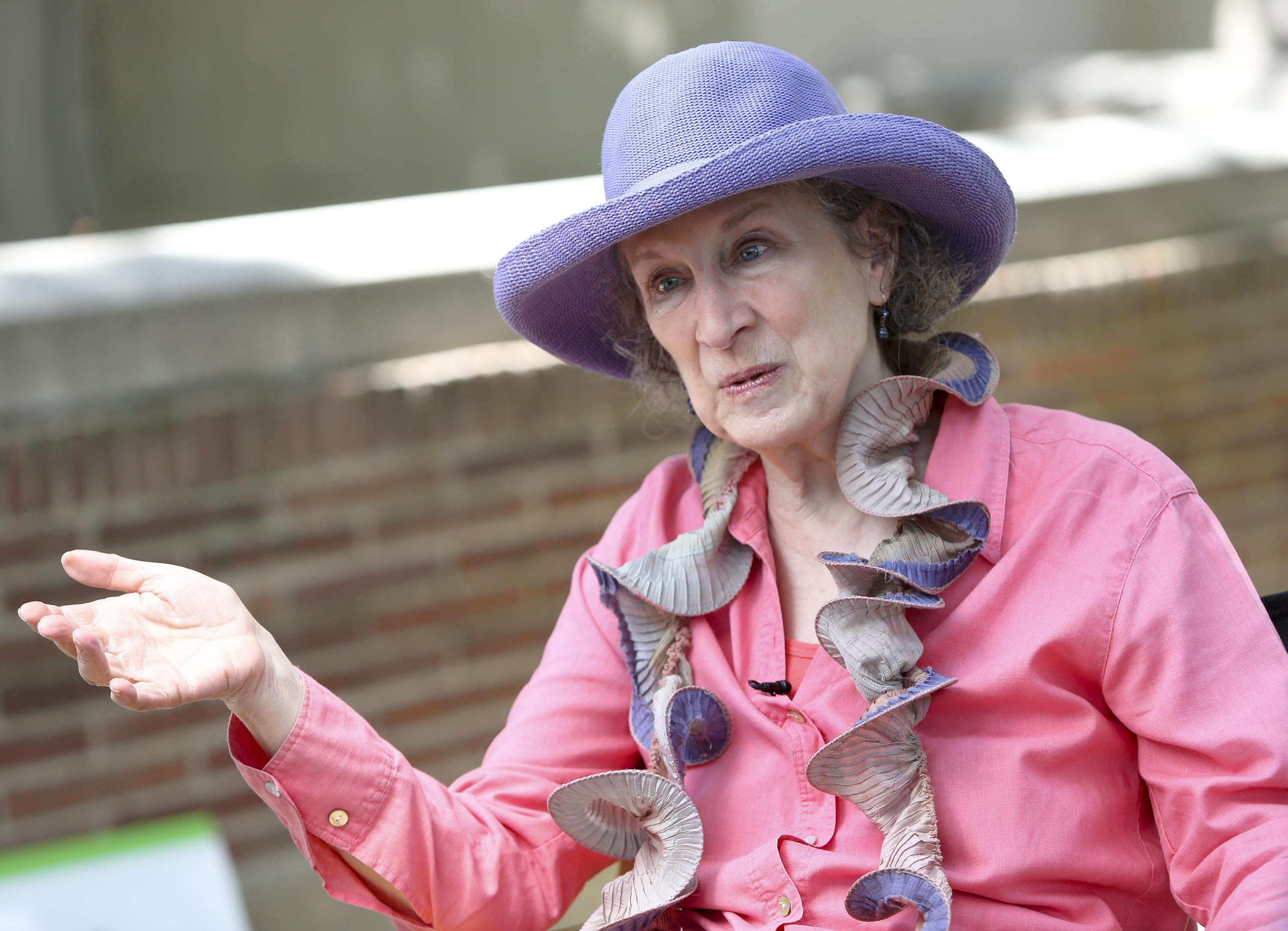It’s been well established that publishing is not a great place to be if you’re a woman. VIDA’s 2012 report on the proportion of men and women reviewed and reviewing at major magazines was just as bleak as usual. Geek culture can be equally unwelcoming to women, as recent events have shown. But what about the intersection of the two—science fiction and fantasy publishing?
The online magazine Strange Horizons has just published a study that applies VIDA’s methodology to sci-fi and fantasy publications, and it shows pretty much what you’d expect. Of 14 publications surveyed, only one reviewed books by women more than 50 percent of the time. (That was Cascadia Subduction Zone, which has the specific goal of “[treating] work by women as vital and central rather than marginal.”) Five of the publications devoted less than 25 percent of their coverage to books by women. The ratio of men to women among reviewers was similarly discouraging: Although three of the magazines employed more woman reviewers than men, seven had less than half as many women as men, and two publications had no female reviewers at all. (Admittedly, those last two publications had only four reviewers between them.)
These data are similar to what VIDA found in more mainstream publications, where only the literary magazine Tin House had more female contributors than male ones. (The New York Times Book Review deserves note for having 327 female reviewers to 400 male ones). Many of the reasons for and effects of those statistics hold across the genres as well. Male writers submit more short fiction, and are more willing to promote themselves. Most editors are men. The most popular and respected authors also tend to be male, as China Miéville, Neil Gaiman, and Brandon Sanderson can attest.
But considering fantasy and science fiction writing only as a microcosm of the larger publishing world misses the more complex dynamics that contribute to women’s position in the industry. I’ve so far been lumping together sci-fi and fantasy—and it’s true the line between them can be fuzzy. But there’s actually a considerable gap between how many women write novels classified as straight science fiction and how many write novels classified as fantasy or some combination of the two. Only about a quarter of science fiction novels are written by women; for fantasy and combination novels, it’s closer to half. This gap suggests that women writers are running up against the same division that causes so much trouble for us in other corners of the geek universe: the split between hardcore and casual fans.
As Game of Thrones has shown, mainstream audiences can embrace even the most labyrinthine epic fantasy. But that’s unlikely to be true for hard science fiction, much of which is heavily focused on scientific accuracy and plausibility. Hard sci-fi is not the only kind of science fiction, but the qualities it champions are profoundly important to a vocal subset of fans. Most people unfamiliar with science fiction, on the other hand, are not overly excited to read about the inner workings of a plasma engine. Even Miéville’s acclaimed novel Embassytown focuses on how the linguistic differences between races affect their relationship. As fascinating as the challenge of cross-species communication may be to some (myself included), it demands the kind of specialized knowledge you don’t need to appreciate, say, royal scheming and swordfights.
Just as women struggle to be taken seriously as scientists, they may struggle to be seen as writers of “real” science fiction. But for some, avoiding the bubble of hardcore fantasy and sci-fi has been a major boon. The three most successful fantasy authors of the past decade—J.K. Rowling, Suzanne Collins, and Stephenie Meyer—are women.* Similarly, the science fiction and fantasy writers embraced by mainstream literary culture are often women: Kelly Link, Susannah Clarke, and even Margaret Atwood have made their careers by straddling the line between genre and literary fiction.
Of course, as the VIDA numbers show, literary fiction can be an equally challenging environment for women. Whatever the reasons, whatever the genre, woman writers are still at a disadvantage.
*Correction, April 25, 2013: This post originally misspelled Stephenie Meyers’ first name.
